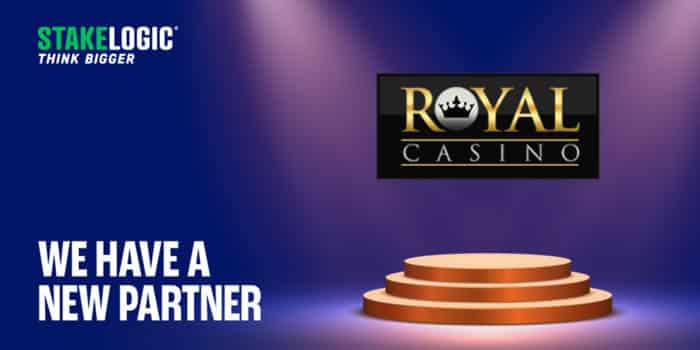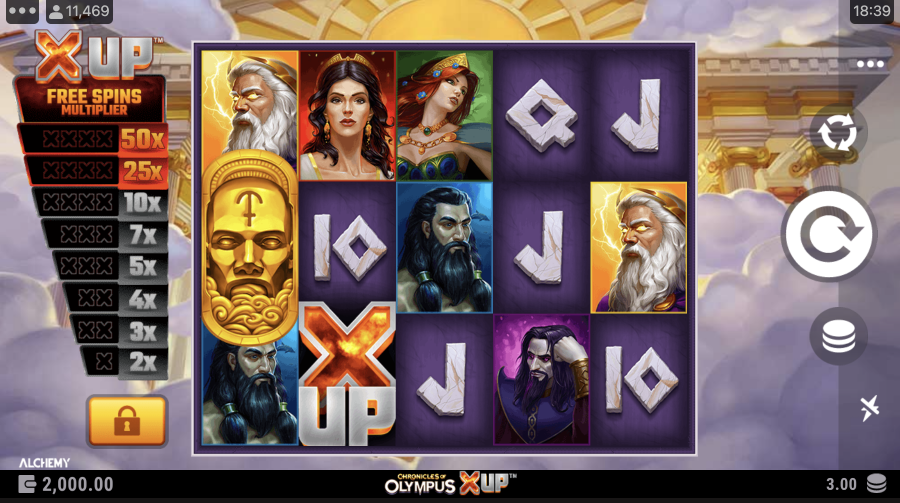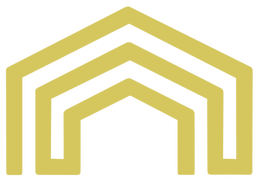This theory is particularly useful in understanding and predicting decision-making in economics, finance, and marketing, where decisions are often influenced by perceived gains and losses. In this article, we will explore a plethora of decision-making https://androidmafia.ru/vosstanovlenie-faylov-s-fleshki/ frameworks, helping you understand when and how to use each. Achieving closure in the decision-making process requires arriving at a solution that sufficiently aligns members of your group and garners enough support to implement it.
Mendelow Stakeholder Matrix
Thus, it aids the decision-maker in analyzing and comparing the possible consequences (positive and negative) of each option before selecting the most suitable one. Many decision-making frameworks aim to help leaders use objective information to mitigate bias, operate under time pressure, or leverage data. But these frameworks tend to fall short https://www.diablozone.net/files/bnet/ when it comes to decisions based on subjective information sources that suggest conflicting courses of action. You are looking at a total decision time of 15-min (in the interview) vs weeks or months in real-life. One of the first fixes that Everingham and his team made was instituting a RACI model for assigning roles and making decisions.
Process Mapping
The group then needs to either argue to convince the ones against it or be persuaded into changing options. This way, you improve the chances of a decision being sound since it was scrutinized from multiple angles by the group. I like defining each of those values either through consensus or as an average of involved people’s votes. People tend to be more accepting of their preferred options being deprioritized if they had a say in all votes. The second most important thing is to propose reparations to the impacted customers, and in no particular order, it would be interesting to find the root cause of the bug and eventually prevent it from happening again. The Golden Circle was introduced by leadership specialist Simon Sinek back in 2009 in his book Start with why.
- Predictive analytics is becoming an integral part of strategic foresight, enabling leaders to model various scenarios based on extensive data sets.
- In contrast, a specialty-chemicals company experienced the pain of excess choreography when it opened membership on each of its six governance committees to all senior leaders without clarifying the actual decision makers.
- With features like Check-ins, you can bypass routine meetings, maintain transparency in teamwork, and keep everyone aligned with your goals.
- LogRocket identifies friction points in the user experience so you can make informed decisions about product and design changes that must happen to hit your goals.
Assessing and Mitigating Risks
I list this here because I’ve lost count of how many times I had to create a Golden Circle of my own to drive decision-making. When you have to pick from multiple options at the table, it’s often just a matter of thinking about why you need to make that decision in the first place. Many executives are surprised when previously successful leadership approaches fail in new situations, but different contexts call for different kinds of responses. Before addressing a situation, leaders need to recognize which context governs it—and tailor their actions accordingly. Each element is significant as they collectively provide a structured approach, ensuring a thorough analysis and implementation of decisions.
Evaluating Decisions
Understanding and using different decision-making models can greatly improve how decisions are made in both personal and professional situations. Decision-making frameworks and models provide systematic methods to evaluate options and prioritize actions. It provides clarity and confidence, ensuring that decisions are well-informed and aligned with your goals. This guide explores such powerful decision making frameworks designed to help you make better decisions.
This framework is advantageous in strategic planning, risk management, and policy-making, where decisions must withstand uncertainty and potential future shocks. This framework is beneficial in strategic planning and risk management, where foresight and preparedness for different scenarios can influence long-term success. Primarily used in business strategy and project management, it ensures that decisions are well-informed, thoroughly vetted, and resilient to potential uncertainties.
- On the other hand, collective decision-making can be a dangerous path to deadlocks and loss of executive power.
- The purpose of the meetings morphed into information sharing and unstructured debate, which stymied productive action (Exhibit 4).
- This method facilitates the identification of factors that support or hinder the desired outcome, guiding strategies to manage these forces effectively.
- Developed by Dwight D. Eisenhower, the 34th President of the United States, it categorizes tasks into four quadrants to assist in managing time and priorities effectively.
- This is the realm of unknowables (the events of September 11, 2001, fall into this category).
For example, “think rigorously” is paramount for high impact and irreversible decisions, but “move with urgency” is critical for decisions that are lower impact and potentially tunable. In this way, your core tenets serve more as a guide to action than a toothless list of nice-to-haves. The Eisenhower Matrix, also known as the Urgent-Important Matrix, helps prioritize tasks and decisions based on their urgency and importance. Developed by Dwight D. Eisenhower, the 34th President of the United States, it categorizes tasks into four quadrants to assist in managing time and priorities effectively. This framework is useful across various fields where effective time management is critical.
This process moves beyond an up/downvote and lets you sense what kind of ongoing support a choice will really have if it’s selected. With a scalable model for decision-making, team members will spend less time deliberating and more time executing without sacrificing strategic thinking. Reflective considerations remind us that decision-making is not isolated but affects the entire organizational ecosystem. Therefore, decision-makers must weigh these factors with a clear, analytical mind.
The Flywheel Growth Model
For example, if you don’t have much information to consider, instinct may be the only tool for finding the best solution that you have available. Likewise, trusting your instinct can often yield the best results in cases where you are already deeply experienced with the matter at hand since nothing hones instinct better than experience. Amanda Athuraliya is the communication specialist/content writer at Creately, online diagramming and collaboration tool. She is an avid reader, a budding writer and a passionate researcher who loves to write about all kinds of topics. Then, we decided that Cost isn’t very important and we can ignore this criterion completely.
In our case, we don’t have a metric system for our criteria so we used a five-mark grading system. We also need to set a limit for different criteria if we don’t necessarily need them to reach the upper bound. This relatively new tool was introduced by Gil Shklarski, a CTO at Flatiron Health in the past and an experienced startup mentor.
This framework is highly useful in fields such as quality management and operations, where understanding the source of problems is key to effective problem-solving and decision-making. This framework is particularly beneficial in community development, organizational management, and any situation where stakeholder engagement and buy-in are crucial for decision success. This framework focuses on decision-making when there is limited or incomplete https://gamosyaca.ru/guest/list67 information. It involves assessing risks, considering probabilities, and employing techniques such as sensitivity analysis and Monte Carlo simulations to make decisions in uncertain environments. This framework is especially beneficial in situations that call for quick decisions or when data is insufficient or overly complex. The Intuition-based Decision-Making framework appreciates the role of intuition and gut feelings in decision-making.



